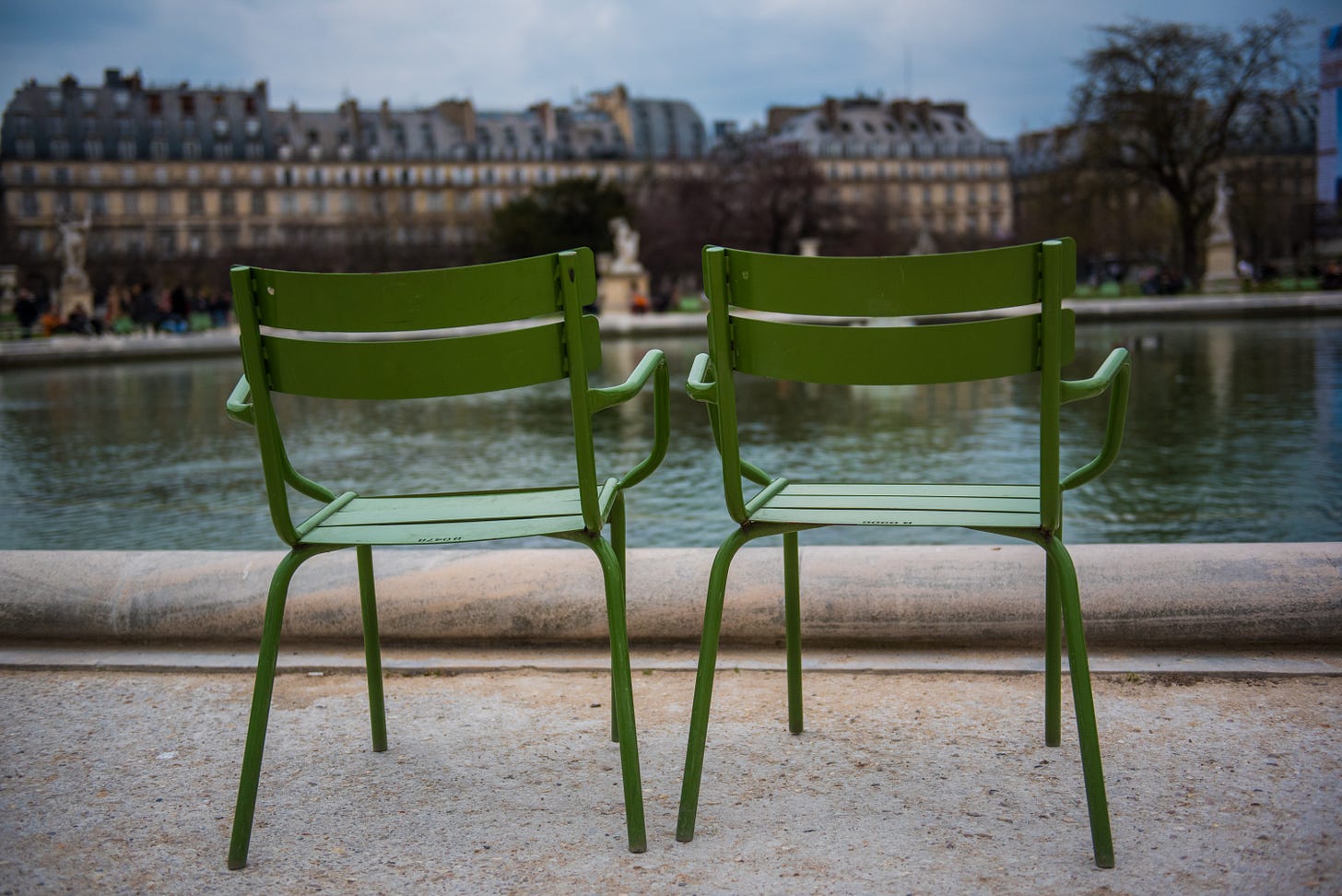We'll Always Have Paris
For Marion and me, Paris was not a backdrop for selfies. It was the home where we wandered its streets getting lost, in order to find ourselves. Now she's ill, and I see ghosts around every corner.
Keep reading with a 7-day free trial
Subscribe to Ladyparts to keep reading this post and get 7 days of free access to the full post archives.





